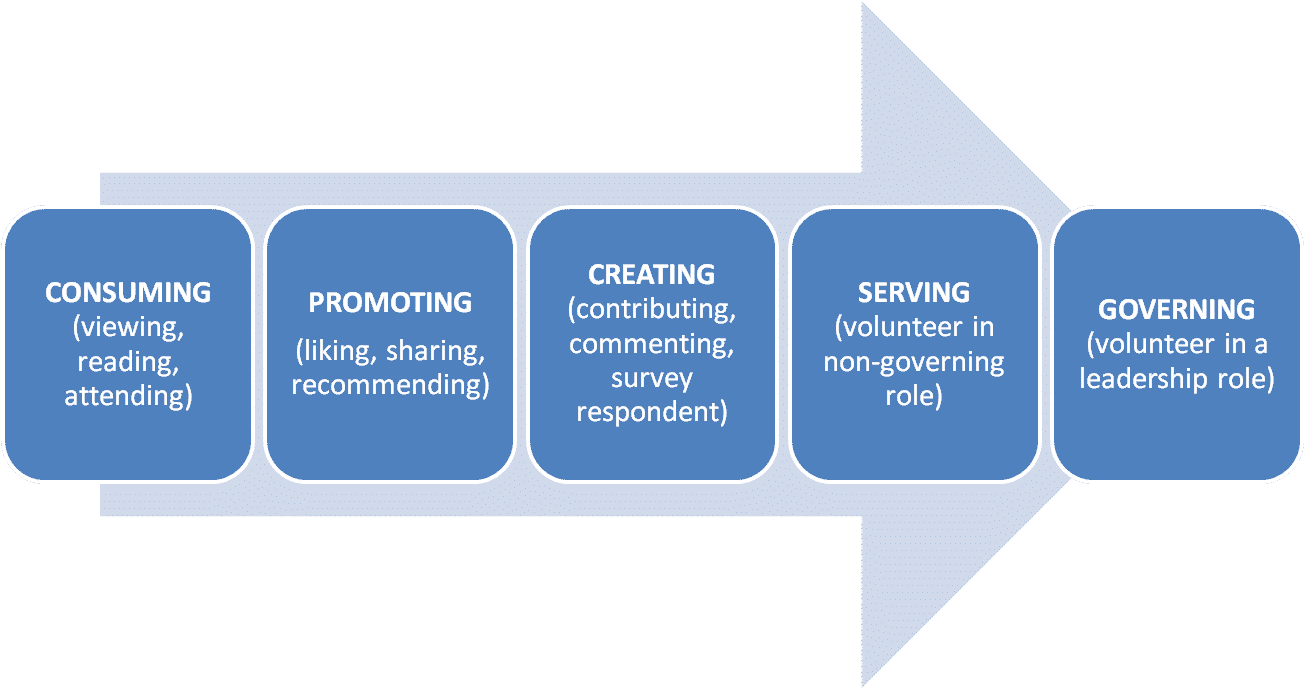Elizabeth Engel and I co-hosted the weekly Association Chat yesterday to talk about mission-driven volunteering based on our white paper of the same name (you can download a copy here). There was quite a number of very interesting points made during the conversation (read the recap here thanks to Kait Solomon) but two struck me a particularly relevant.
How to know if a committee’s time is done. Part of what we’re hypothesizing in the white paper is that most committees are unnecessary. And let’s be clear – we’re not judging the topic but the form. We’re saying for example that yes, membership development is important but a standing membership committee that spins ideas to create its own relevance is not. The clear message in our chat was that most associations do not have any process in place to evaluate the life cycle for a “committee.” Creating a metric to guage this is not really that difficult and chat participants offered a few:
@KaitlinSolomon3 A6) Not mission centric, don’t produce tangible results, and the question “what do they actually do” is asked more often than not #assnchat
@ewengel MT @peggyhoffman: A6 use vol surveys to ID – look for low scores on satisfaction #assnchat [LOVE! unhappy vol can = bad committee]
@DianaTMertz A6: If you ask at the end of the year, what did we accomplish and how did it better our assn? And the answer is nothing. #assnchat
Volunteering is a continuum not a ladder. Drawing from research and volunteering trend data, we note in the paper that “volunteering is seen as intrinsic to widespread member engagement rather than to only a subset of highly involved members. In any case, it’s about allowing members to design their own engagement in ways that connect to the association’s mission and to their own skills, abilities, and passions.” Not everyone is destined or interested in being the president. And that’s good news because we only need one president and a lot of other volunteers.
To me, replacing the volunteer ladder with a continuum helps us make that shift and see volunteering through a broader, inclusive viewpoint. I wasn’t alone.
@bkmcae @KaitlinSolomon3 not a fan of the “ladder” concept — sometimes you don’t need to use every rung in your volunteer journey. #assnchat
Lowell Aplebaum has a slightly different slant based a theory about a volunteer acceleration curve, “kind of like a choose your own adventure,” which is similar to what Eric Lanke suggests in his case study highlighted in the white paper.
Both of these points highlight the need to embrace new thinking – to shift our paradigm around volunteering. What other shifts do we need to make?
